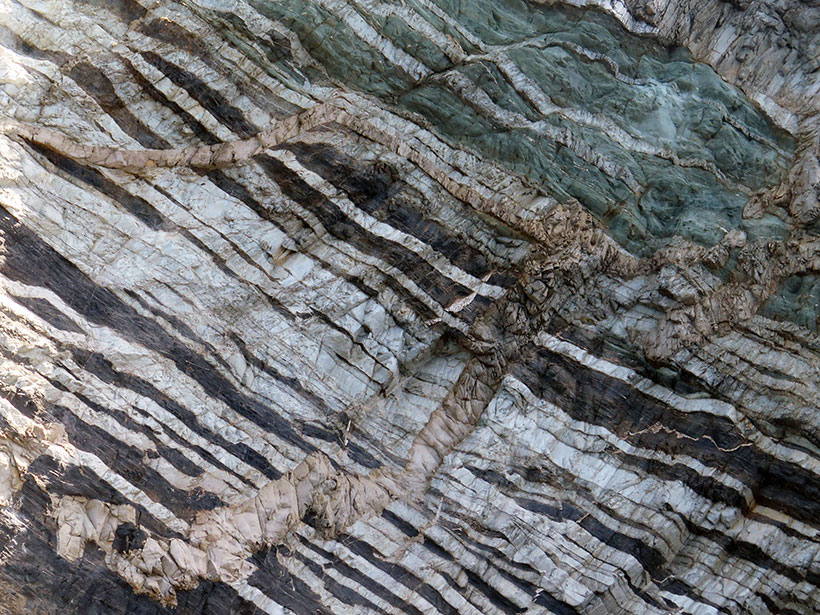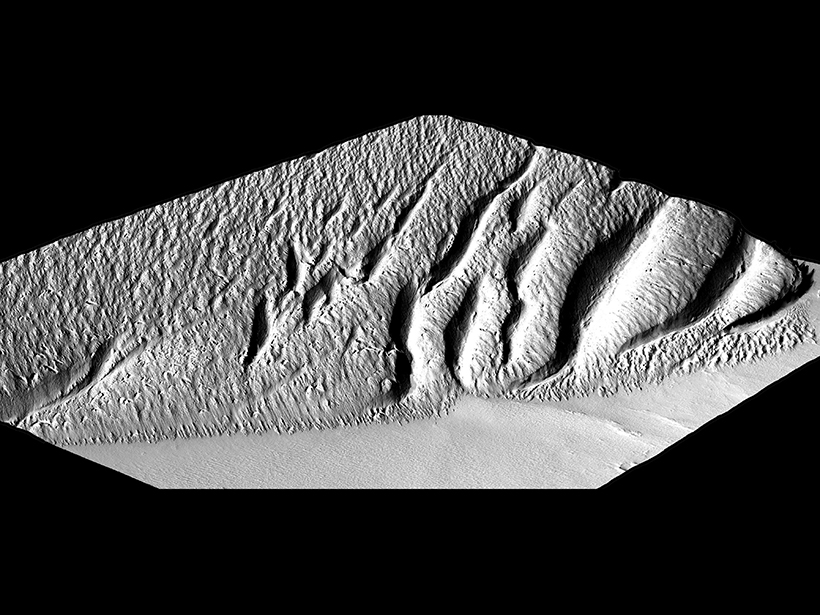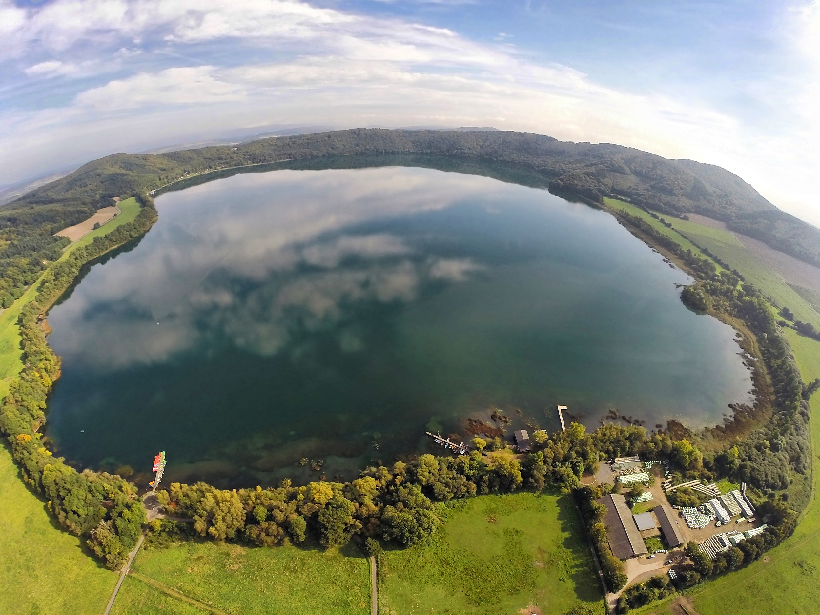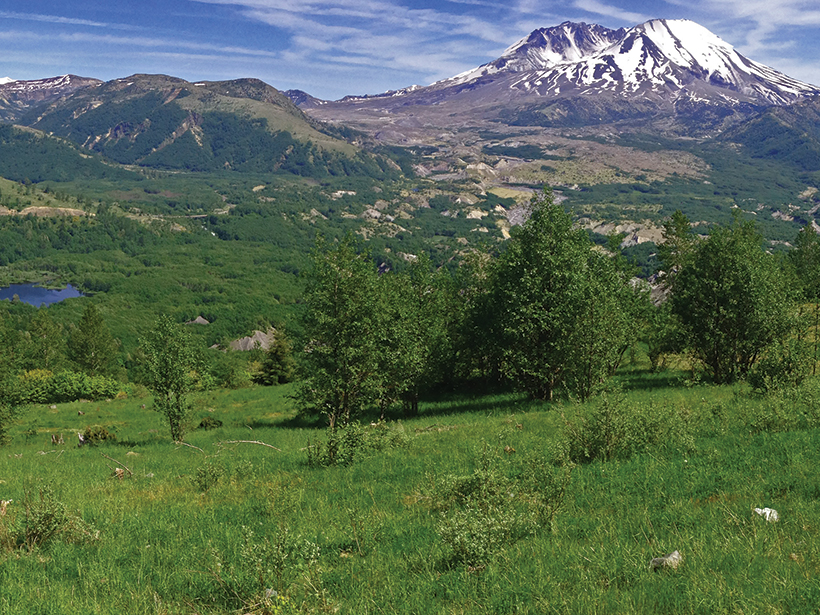Scientists from different disciplines are working together to identify common challenges in and techniques for modeling fluid migration associated with subduction zone processes.
volcanoes
The Ability of Pyroclastic Flows to Generate Tsunamis
Lab experiments of fluidized granular flows entering the water shed light on the dynamics of tsunami generation by fast-moving, pyroclastic density currents at volcanic islands or coastal volcanoes.
Extremely High Carbon Return in Certain Volcanic Arcs
By comparing measured volcanic output with subducted carbon fluxes from drill cores, the Lesser Antilles subduction zone shows nearly complete slab carbon release at sub-arc depths.
Volcano Monitoring Goes Offshore
Offshore observations by cabled ocean-bottom pressure recorders have revealed details of the 2015 eruption of Axial Seamount submarine volcano in the Pacific Ocean.
An Iconic Eruption Shaped Careers, as well as Landscapes
The 1980 eruption of Mount St. Helens influenced scientists who witnessed the event and spurred a new era in physical volcanology.
Scientists Float a New Theory on the Medusae Fossae Formation
Pumice-like rafts of lightweight material could have carried volcanic debris across an ancient Martian ocean to build one of the most puzzling features on the Red Planet.
Are We Seeing a New Ocean Starting to Form in Africa?
Although shallow magma storage at Erta Ale volcano hints at a rift-to-ridge transition, the tectonic future of the Afar region is far from certain.
Messages in the Bubbles
Laacher See volcano is quiet, but gas bubbles rising through the overlying lake are a reminder of its potential hazard. Scientists took a close look at the bubbles to test eruption monitoring methods.
Lessons from a Post-Eruption Landscape
Four decades of research into biophysical responses to the 1980 eruption of Mount St. Helens have vastly improved our understanding of how landscapes react to cataclysmic disturbances.
Planetary Lightning: Same Physics, Distant Worlds
Lightning on Earth needs just a few simple ingredients to generate a spark. Those ingredients exist throughout the solar system and beyond.










